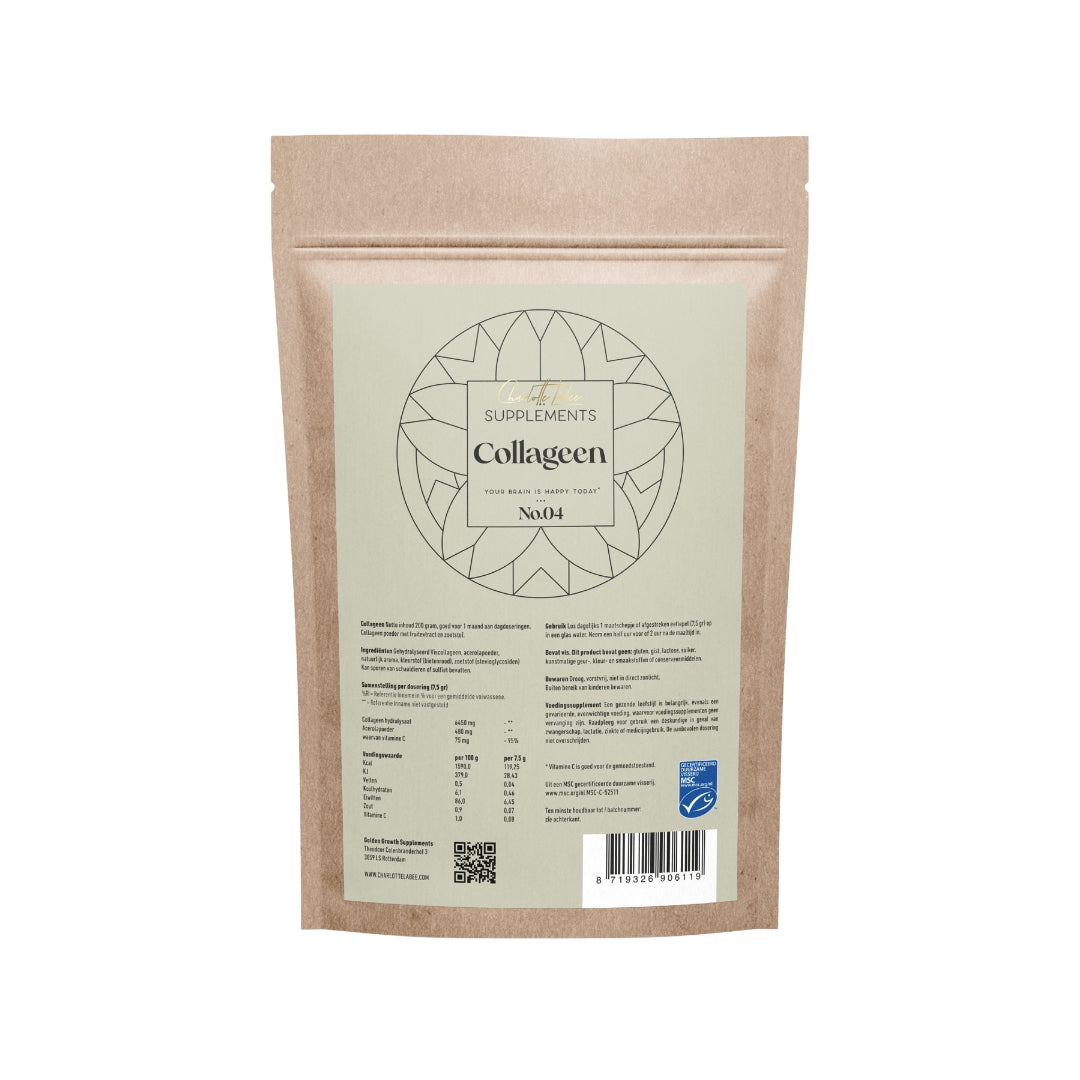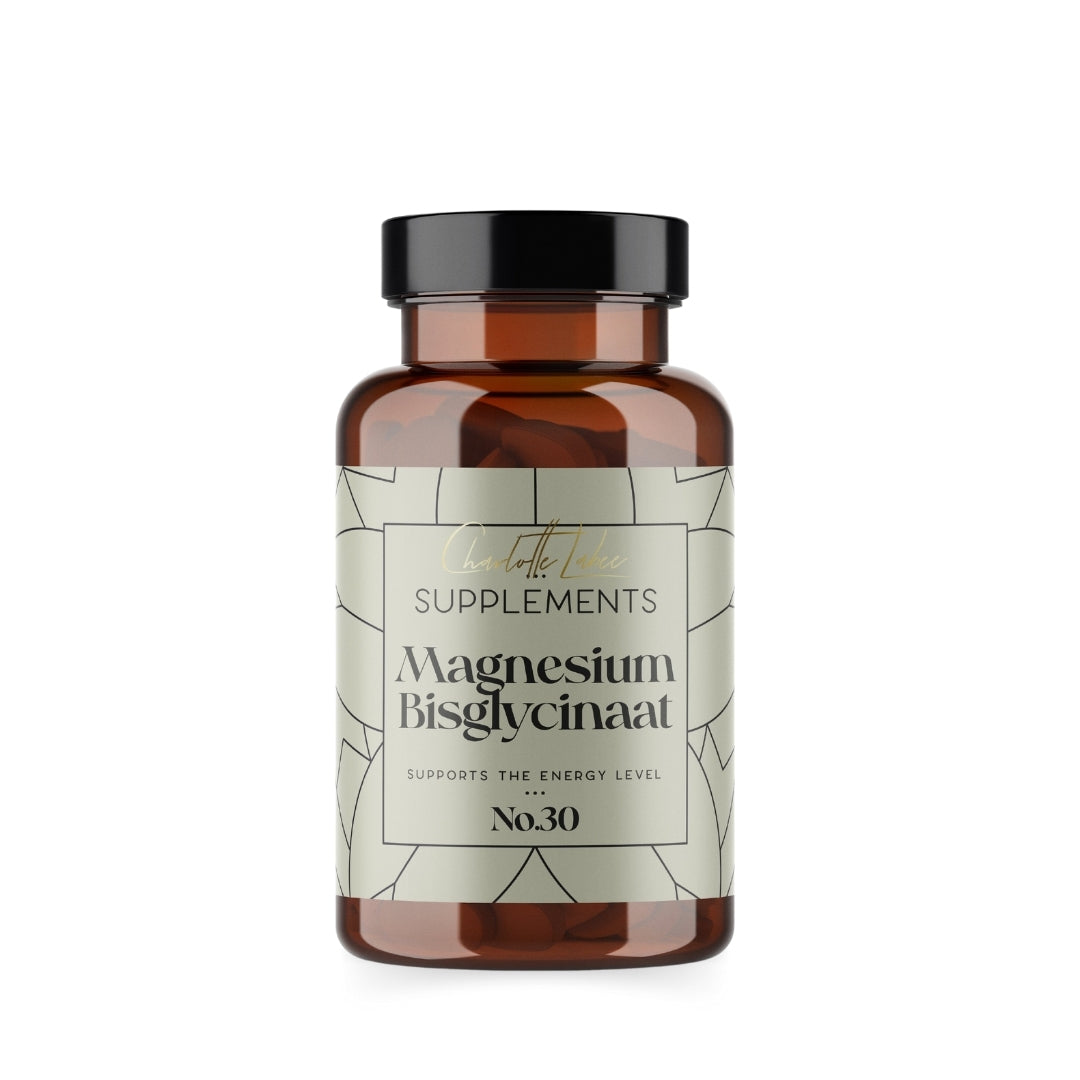Hormonale migraine is een veelvoorkomend en slopend probleem dat veel vrouwen treft. Het is niet zomaar een hoofdpijn; het is een complex fenomeen dat nauw verbonden is met de hormonale schommelingen in het lichaam. In deze blog duiken we dieper in de wereld van hormonale migraine: wat het is, hoe het ontstaat en belangrijker nog, hoe je het kunt verlichten en zelfs voorkomen?
Wat is hormonale migraine?
Migraine komt door een verstoorde samenwerking tussen de zenuwen en bloedvaten in de hersenen. Migraine kan een erfelijke aandoening zijn, maar factoren als vermoeidheid, stress en een verandering in de hormoonsamenstelling, zoals bij een naderende menstruatie kunnen een aanval uitlokken. Ook voedingsmiddelen als oude kaas, rode wijn, chocolade of scherp gekruide gerechten kunnen triggers zijn voor een migraineaanval.
Hormonale migraine is een specifiek type migraine dat optreedt in verband met hormonale schommelingen, vooral bij vrouwen. Het treedt meestal op vlak voor, tijdens of na de menstruatie, tijdens de zwangerschap of tijdens de menopauze.
Deze vorm van migraine wordt vaak gekenmerkt door intense hoofdpijn, misselijkheid, braken en overgevoeligheid voor licht en geluid. De oorzaak van hormonale migraine is complex en wordt beïnvloed door verschillende factoren, waaronder de hormonale veranderingen zelf, genetische aanleg en omgevingsfactoren.
Hoe ontstaat hormonale migraine?
Hormonale migraine wordt veroorzaakt door schommelingen in hormoonniveaus, met name oestrogeen. Oestrogeen heeft invloed op de bloedvaten in de hersenen en wanneer de niveaus van dit hormoon dalen, kunnen de bloedvaten verwijden. Dit kan leiden tot migraineaanvallen. In de maandelijkse cyclus daalt oestrogeen meestal in de dagen direct na de eisprong. Net voor de eisprong is er een piek in oestrogeen.
Wanneer oestrogeen daalt, daalt ook het serotoninegehalte in het hoofd, dit verhoogt de kans op migraine. Ontstekingsreacties en vaatverwijdende en vernauwende stoffen kunnen ook migraine triggeren. Daarnaast kunnen externe factoren zoals stress, slaaptekort, bepaalde voedingsmiddelen en dranken en zelfs fel licht migraineaanvallen verergeren of uitlokken.
Oestrogeendominantie
Een oestrogeendominantie is niet zelden de oorzaak van hormonale migraine. Met oestrogeendominantie wordt bedoeld dat er relatief veel oestrogeen aanwezig is in het lichaam, tegenover relatief weinig progesteron.
Enkele kenmerken van een oestrogeendominantie zijn:
- Pijnlijke borsten en toename van cupmaat
- Vetopslag op de billen en benen
- PMS klachten
- Hormonale hoofdpijn
- Hevige menstruaties
Een oestrogeendominantie kan ontstaan door een tekort aan specifieke voedingsstoffen, maar ook door een hoog vetpercentage, het binnenkrijgen van veel xeno-oestrogenen uit bestrijdingsmiddelen en voeding als soja, plastic, niet-natuurlijke verzorgingsproducten en andere chemische stoffen. Tot slot kan ook een afname in de progesteronaanmaak, veroorzaakt door chronische stress, de oorzaak zijn van een oestrogeendominantie.
Kun je hormonale migraine verhelpen?
Hoewel hormonale migraine niet volledig kan worden genezen, zijn er verschillende manieren om de frequentie en de intensiteit van de aanvallen te verminderen. We bespreken ze hieronder:
1. Leefstijl aanpassingen
Het verminderen van stress, voldoende slaap krijgen, regelmatig bewegen en gezonde voedingskeuzes maken, kunnen allemaal helpen bij het verminderen van migraineaanvallen.
Voor een goede hormoonbalans is het belangrijk dat de klieren in het lichaam voldoende hormonen kunnen aanmaken wanneer dat nodig is. Maar ook het afbreken van hormonen in de lever is van essentieel belang voor een goede hormoonbalans. Om hormonen zoals oestrogeen goed af te kunnen breken heeft de lever bepaalde voedingsstoffen nodig. Je kunt denken aan chlorofyl uit groene bladgroenten en DIM uit kruisbloemigen, zoals bijvoorbeeld spruitjes, radijs, rucola, broccoli, broccolikiemen en bloemkool.
Gevarieerde maaltijden en het eten van minimaal 500 gram groenten per dag, kunnen helpen bij een goed functionerende hormoonproductie, -omzetting én -afbraak.
2. Inzicht in je hormonen
Hormonen zijn stofjes die een belangrijke rol spelen bij het aansturen van verschillende functies in het lichaam. Door de afgifte van hormonen worden organen en weefsels aangespoord om sneller te werken of juist af te remmen. Een goede hormoonbalans draagt er op deze manier aan bij dat processen zoals groei, spijsvertering en stofwisseling, maar ook emoties, spanning en stress goed verlopen.
Wanneer je van een hormoon te veel of juist te weinig aanmaakt, spreek je van een hormonale disbalans en dit kan leiden tot klachten zoals migraine. Met het hormoon onderzoek voor vrouwen is het mogelijk inzicht te krijgen in jouw hormonale (dis)balans en je lifestyle hier vervolgens positief op aan te passen! Wil je meer informatie over deze speekseltest? Lees dan snel verder.
3. Houd een dagboek bij
Herken je specifieke triggers voor een migraine aanval, zoals stress, sporten of extreme warmte? Probeer te achterhalen of bepaalde voedingsmiddelen een migraineaanval uitlokken. Denk aan cafeïne uit koffie, voeding met de smaakversterker E621, suikers, alcoholische dranken of theobromine uit chocolade.
4. Zorg goed voor je darmen
Wanneer het hormoon oestrogeen daalt, daalt ook je serotonine level. Serotonine wordt voor meer dan 90% aangemaakt in de darmen dus het is van groot belang dat je darmen goed hun werk kunnen doen. Wil je meer leren over je darmen? Lees dan dit artikel!Hormonale migraine is een uitdagende aandoening, maar met de juiste aanpak kunnen de symptomen aanzienlijk worden verminderd.
Is hormonale migraine een aandoening die jou regelmatig belemmert in je dagelijkse bezigheden en ervan weerhoudt te genieten van het leven? Wij helpen je graag. In een orthomoleculair consult kijken de therapeuten mee naar jouw klachten, lifestyle, voedingsstoffen en meer om zo te achterhalen wat de oorzaak is van jouw hormonale migraine én hoe dit kan worden verholpen.
Wil je graag meer lezen over hormonen en jouw cyclus? Download dan het e-book 'Leven volgens je cyclus'.
Wil je graag een 1-op-1 consult inboeken om samen naar jouw klachten te kijken? Boek deze dan hier.








